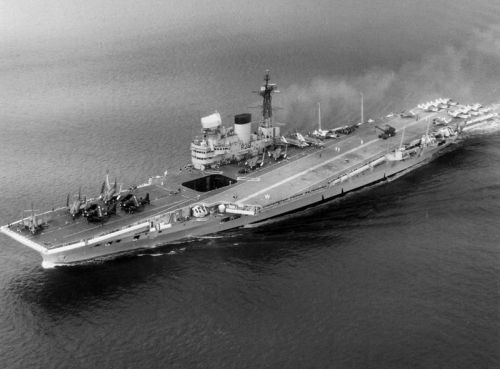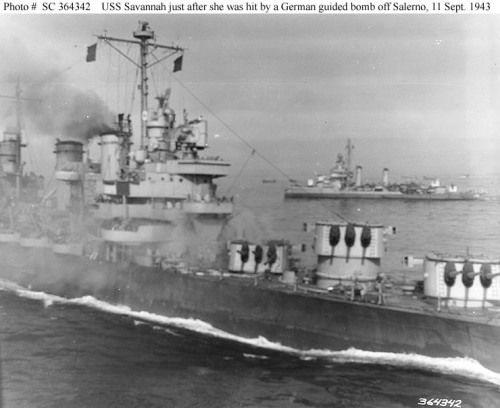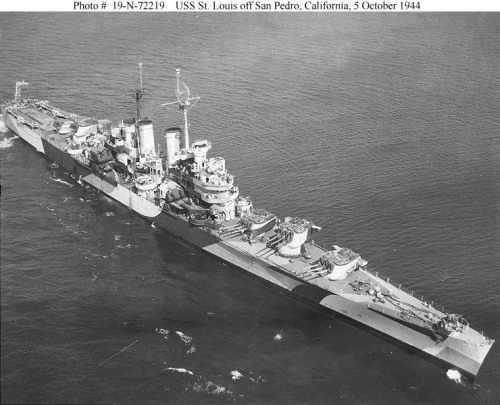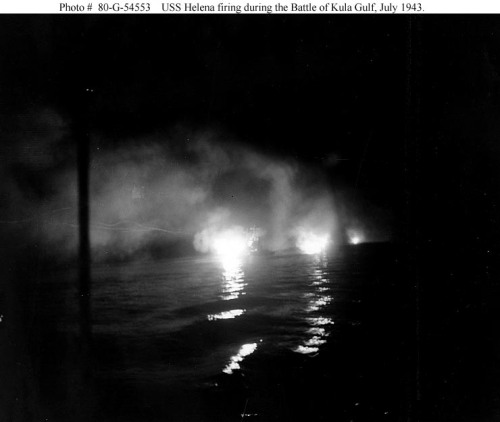“Our Country! In her intercourse with foreign nations may she always be in the right; but right or wrong, our country!” Stephen Decatur
Friends of Padre Steve’s World,
I am tired after several arduously emotional days. So tonight a rerun of an older post. It is a fascinating story because it has to deal with the amazing courage of the sailors serving in the United States Navy and the determination of President Thomas Jefferson to ensure the freedom of United States and other citizens plying the seas of the Mediterranean Sea from the North African Pasha’s and their raiding fleets of marauding pirates who captures ships from many nations and extorted ransom for their crews. Interestingly it was the young United States that decided to ensure the freedom of the seas for everyone. This is the story of one of the most incredible exploits of that campaign.
Until tomorrow,
Peace,
Padre Steve+
In 1803 the United States Navy was two years into its campaign against the Barbary Pirates who sailed from Algiers, Tunis, Tripoli and Morocco. For years the United States like other nations had paid tribute to the rulers of these states for free passage of its ships and hefty ransoms to free the sailors that were enslaved following the capture of their ships. By 1800 tens of millions of dollars had been paid and in that year the amount of tribute paid was 20% of the government’s total revenue.
In 1801 the Pasha of Tripoli Yusuf Karamanli demanded the payment of $225,000 tribute from the new President of the United States President Thomas Jefferson. In years past Jefferson had advised against payment of tribute believing that such payment only encouraged the Barbary States to continue their actions. The anti-naval partisans and even his Republican allies had blocked his recommendations even though Secretary of State John Jay and President John Adams agreed with him. These partisans insisted that tribute be paid irregardless of the effect on European trade or the fate of American seamen because they believed that the Atlantic trade and involvement in the “Old World” detracted from the westward expansion by diverting money and energy away from the west. When Jefferson refused the demand and put his beliefs into practice Karmanli declared war on the United States by cutting down the flag at the US Consulate in Tripoli.
Jefferson sent a small force to defend protect American ships and sailors and asked Congress to authorize him to do more as he did not believe that he had the Constitutional power to do more. Congress did not issue a declaration of war but authorized Jefferson to “employ such of the armed vessels of the United States as may be judged requisite… for protecting effectually the commerce and seamen thereof on the Atlantic Ocean, the Mediterranean and adjoining seas.”
Jefferson sent the best of the United States Navy to deal with the situation and US Navy ships soon began to take a toll on the pirate vessels. The squadron was composed of ships that would become legend in the history of the Navy. Commanded by Commodore Richard Dale, Edward Preble, and later Commodore John Rogers, at various times the squadron included the USS Argus, Chesapeake, Constellation, Constitution, President, Congress, Enterprise, Intrepid, Essex, Philadelphia, John Adams and Syren. The Constitution, Chesapeake, and Constellation, Congress and President were among the first six frigates authorized by Congress on March 27th 1794. Philadelphia a subscription Frigate paid for by citizens and merchants of Philadelphia, Essex a subscription Frigate pride for by the citizens of Salem and Essex County, Massachusetts, John Adams, a Subscription Frigate paid for by the citizens of Charleston, South Carolina, Argus a 20 gun Brig, Enterprise and Vixen 12 gun Schooners, Syren (later Siren) a 16 gun Brig, and Intrepid a captured Tripolitan Ketch, several smaller American built vessels, and about a dozen gunboats and mortar boats supplied by the Kingdom of Naples, which also provided the Americans with access to the ports of Messina, Palermo, and Syracuse, as well as supplies, and craftsmen to maintain the American Squadron.
Many of the officers who served in the Squadron, including William Bainbridge, Issac Hull, Charles Stewart, David Porter, would continue in service and make names for themselves in the war of 1812 and after.
One of the young officers was the 24 year old Captain of the 12 Gun Schooner USS Enterprise Lieutenant Stephen Decatur the son of a Navy Captain who had entered the Naval service as a Midshipman in 1798 and who had risen rapidly through the ranks due to his abilities and leadership. He was among the few officers selected to remain in service following the end of the Quasi-War with France. By the time that he took command of Enterprise Decatur had already served as the First Lieutenant of the Frigates USS Essex and USS New York. After an altercation with British officer while wintering in Malta he was sent home to command the new Brig of War USS Argus. He was ordered to bring her to Europe where he handed over command to Lieutenant Isaac Hull who would achieve fame in the War of 1812 as Commanding Officer of the USS Constitution. Decatur was given command of Enterprise on when he detached from the Argus.
Normally such an event would be considered a demotion for an officer of Decatur’s caliber but events at Tripoli had forced Preble to make a bold strike at the heart of the enemy. On October 31st 1803 the Frigate USS Philadelphia one of the most powerful ships in the squadron under the command of Captain William Bainbridge ran aground on an uncharted shoal and was captured. Her crew was taken prisoner and the ship floated off by the Tripolians partially repaired and moored as a battery in the harbor until her foremast could be remounted having be cut away by Bainbridge in his unsuccessful attempt to float the ship off the shoal.
Under the cover of night of February 16th 1804 Decatur took the former Tripolian ship into the harbor beneath the dim light of the new moon. Posing as a Tripolian ship he was able to slip past the guns of the forts overlooking the harbor using a Sicilian sailor who spoke Arabic to request permission. This was granted and Intrepid approached Philadelphia and when close enough ordered his crew to board the Frigate. After a brief skirmish with the small contingent of sailors aboard he took control of the vessel and set it ablaze. When he was sure that the fire could not be extinguished he ordered his men back aboard Intrepid and sailed out of the harbor under the fire of the shore batteries and gunboats.
Decatur sailed Intrepid back to Syracuse where he was greeted as a hero and became one of the Navy’s legends. Pope Pius VII publicly proclaimed that “the United States, though in their infancy, had done more to humble the anti-Christian barbarians on the African coast, than all the European states had done for a long period of time.” Admiral Lord Horatio Nelson, one of the most heroic sailors that ever lived and no stranger to daring said that Decatur’s accomplishment was “the most bold and daring act of the Age.“
 Decatur leading American Sailors in hand to hand combat against Barbary Pirates at Tripoli 1804 his younger brother Lieutenant James Decatur was killed aboard another gunboat in the action
Decatur leading American Sailors in hand to hand combat against Barbary Pirates at Tripoli 1804 his younger brother Lieutenant James Decatur was killed aboard another gunboat in the action
Decatur would return to command the Enterprise and was given command of Constitution and was promoted to Captain bypassing the rank of Master Commander. He would prove himself again against the forces of Tripoli before departing for the United States. He distinguished himself in the years to come against the Royal Navy in the War of 1812 where when in command of USS United States defeated and captured HMS Macedonian which would serve in the U.S. Navy and later in the Second Barbary War.
During that war, which began in 1815 Decatur’s squadron decisively defeated the Algerian fleet capturing the Frigate Mashouda and killing the highly successful and chivalrous commander of the Algerian raiding squadron Rais Hamidu. The Pashas of Algiers, Tunis and Tripoli all made peace and reimbursed the Americans for the financial damage that they had done. His victory ended the terror that the Barbary States had inflicted on Europeans for centuries and helped bring peace to the Mediterranean. Following that he became a Navy Commissioner in 1816 and moved to Washington, D.C.
Stephen Decatur more than any one man ended their reign of terror against the United States and the great European powers. The actions of Decatur, Preble, their officers, crews and ships in the Barbary Wars, and the War of 1812 established the United States as a credible nation, willing use its Navy to protect its citizens and commerce overseas, without becoming an occupying power. The latter would not occur for another eighty plus years during the Spanish American War, and continues to the present day.
Of course, that did not apply to our conquest of North America which involved countless small wars which exterminated vast numbers of American Indians, opened vast lands to the expansion of slavery, and the conquest of forty percent of Mexico. I am sure that Decatur, who so boldly proclaimed, My Country Right or Wrong, would not have approved of subjugating non-hostile weaker nations. He lived in a different time, when the United States was being threatened alternately by France, Britain, and the Barbary States at sea, and Britain and its American Indian allies as it expanded west.
Likewise, Decatur did not live a long life. He was killed in duel with Commodore James Barron on March 22nd 1820. Barron had never forgiven Decatur for voting for his conviction and removal from service after being humiliated when his ship, the Frigate Chesapeake, was caught unprepared for action, fired upon, and after twenty minutes surrendered, to HMS Leopard in 1807. Following her surrender several of her men were taken off as supposed deserters from the Royal Navy. Leopard’s commander then allowed Chesapeake to return to Norfolk where Barron was relieved of command and tried by a Naval Court which included John Rogers and Decatur.
Barron was convicted removed from the Navy for at least five years. Six years later he returned from a self imposed exile and petitioned for reinstatement. Decatur remained one of his fiercest opponents, and though reinstated was embittered toward Decatur. Their seconds arranged the duel to be conducted in such a way that one or both would die. During the negotiations between their seconds, Commodore William Bainbridge, and Captain Jesse Elliott, the two came close to reconciling but the seconds pushed for the duel. Decatur was mortally wounded and refused medical treatment, dying late that night. Barron, though horribly wounded, survived, eventually becoming commander of the Norfolk Naval Yard, becoming the senior Naval officer on active duty in 1839. He died in 1851 and is buried in the cemetery of Trinity Episcopal Church, in Portsmouth, VA.
The death of Decatur, a bonafide hero, at the hands of a fellow officer stunned Washington. President James Monroe, the members of the Supreme Court, most of Congress and 10,000 citizens attended his funeral. His pallbearers included four Commodores, and two other officers, followed by many other officers and other ranks. During the funeral, one sailor burst forth and cried out “He was the friend of the flag, the sailor’s friend; the navy has lost its mainmast.”
Until tomorrow,
Peace,
Padre Steve+


































